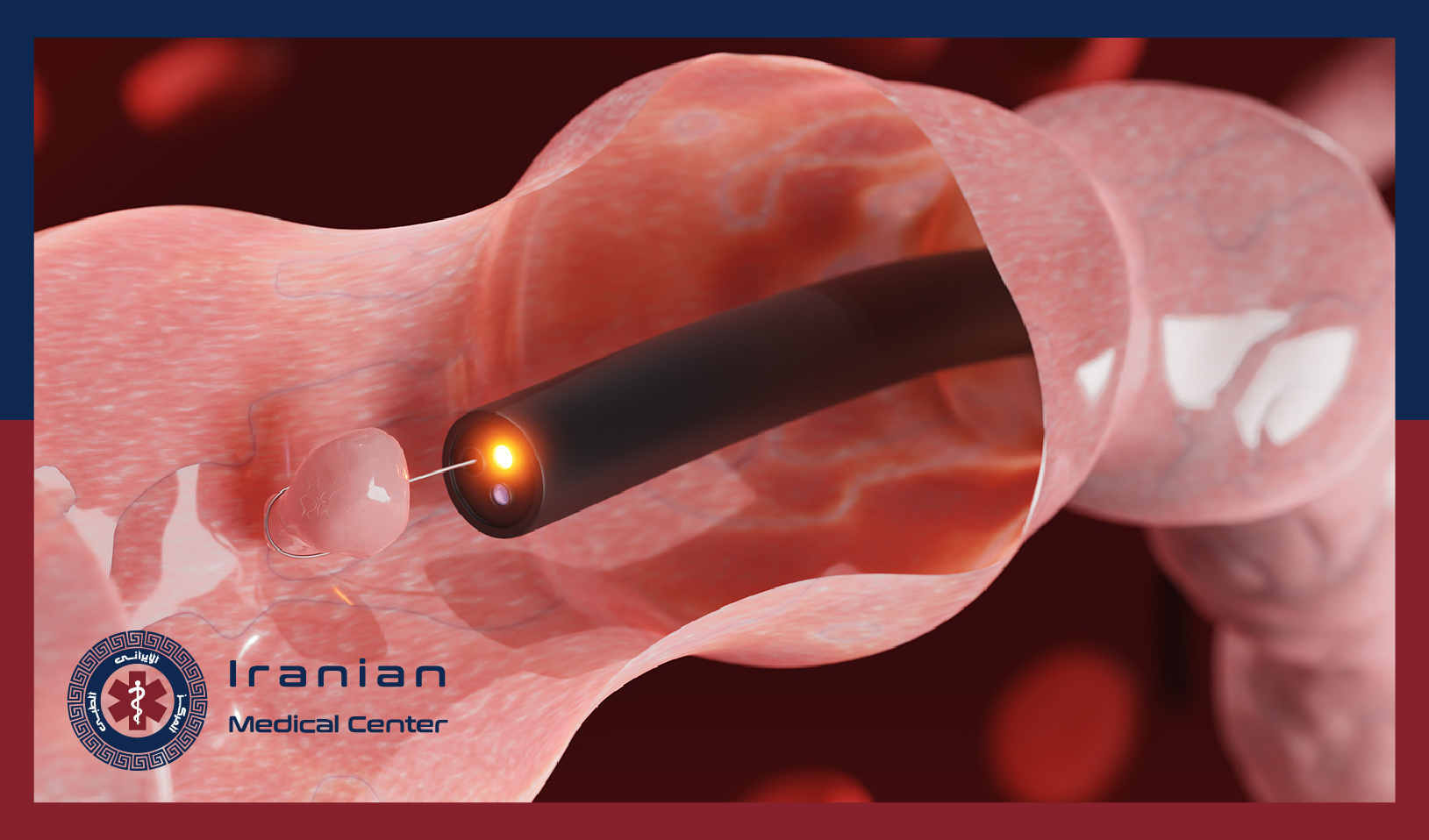
Endoscopy in Qatar: Techniques and Diagnostic Importance
Endoscopy is one of the key advances in the field of medical diagnosis that allows direct observation of the internal organs of the body. This method, which is considered as one of the main diagnostic tools especially in "Qatar", is of great importance.Endoscopy is one of the key advances in the field of medical diagnosis that allows direct observation of the internal organs of the body. This method, which is considered as one of the main diagnostic tools especially in "Qatar", is of great importance. By using advanced "endoscopy techniques", doctors are able to accurately assess the internal health status of patients, identify problems and perform effective diagnostic and therapeutic measures. This technology has not only helped to reduce the need for invasive surgeries, but also enabled faster and more accurate diagnosis of diseases. In this article, a comprehensive review of "endoscopy", its uses, methods and benefits will be discussed.
Endoscopy is a procedure in which an endoscope, a thin, flexible tube equipped with a camera and light, is used to view the inside of the body. This method allows direct observation of internal organs such as the stomach, intestines, lung bronchi and joints.
Different types of endoscopy, depending on the area being examined, include gastroscopy (for the stomach), colonoscopy (for the large intestine), bronchoscopy (for the lungs), and arthroscopy (for the joints). Each of these methods has its own uses and allows doctors to provide a more accurate diagnosis, take samples or even perform certain treatments.
The general principles of endoscopy include minimal invasiveness, high accuracy in diagnosis, and the possibility of performing therapeutic measures during diagnosis. This advanced medical technology has led to a significant improvement in health care by helping to diagnose diseases quickly and accurately.
Endoscopy, with its many types and applications, is one of the key tools in the diagnosis and treatment of various diseases. Here are some common types of endoscopy and their uses:
1. Gastroscopy: This method is used to directly observe the inside of the stomach and the first part of the small intestine (duodenum). Gastroscopy is mainly used to diagnose diseases such as gastrointestinal ulcers, inflammation, internal bleeding and even to take a tissue sample (biopsy) for further investigations.
2. Colonoscopy: This test is performed to see the inside of the entire large intestine and the end of the small intestine. Colonoscopy is used to diagnose conditions such as polyps, colitis, and colon cancer, and it can also be used to remove polyps or take samples.
3. Bronchoscopy: This method is used to access the inside of the airways, including the larynx, trachea, and bronchi. Bronchoscopy helps to diagnose respiratory diseases such as infections, inflammations, tumors, and issues related to respiratory tract narrowing, and provides the possibility of taking a tissue sample or even removing foreign bodies.
Each of these endoscopy methods are not only effective in diagnosing diseases, but in some cases also provide the possibility of carrying out therapeutic measures during diagnosis, which leads to a reduction in the need for invasive surgeries and faster recovery of patients.
Endoscopy has revolutionized medical diagnosis by providing accurate and clear images of the inside of the body. This method, which allows direct visualization of internal organs without the need for open surgery, helps doctors make more accurate and faster diagnoses. With endoscopy, the signs and symptoms of diseases can be seen directly, which allows doctors to quickly achieve more effective treatments.
In addition to accurate diagnosis, another major benefit of endoscopy is reducing the need for open surgeries. This reduction not only reduces the risks associated with surgery but also shortens the patient's recovery period. In some cases, endoscopy even allows for treatment such as removal of polyps or sampling during the same diagnostic session. This helps to reduce treatment costs and the patient's faster recovery.
Proper preparation for endoscopy is key to a successful and accurate experience. Before undergoing an endoscopy, patients must follow specific instructions that are clearly explained by their doctor or clinic.
For most types of endoscopy, patients must fast for a period of time before the procedure. For example, if a gastroscopy or colonoscopy is performed, it may be necessary for the patient not to eat or drink anything for at least 8 to 12 hours before the procedure so that the stomach and intestines are empty. Also, in cases like colonoscopy, bowel cleansing using laxatives may be recommended.
Additionally, patients should discuss any medications they are taking with their doctor, especially if they are taking blood thinners or diabetes medications. This information will help your doctor make appropriate instructions to stop or adjust your medication before the test. Strict adherence to these instructions helps to obtain accurate results and patient safety.
The endoscopy procedure is performed with great precision and under strict medical supervision. Initially, patients are usually given sedation or local anesthesia to make them more comfortable during the procedure. Then, the endoscope enters the body through the mouth (for gastroscopy) or the anus (for colonoscopy) and is gently guided to the desired area. During this process, the doctor can see clear images of the inside of the body and, if necessary, perform sampling or treatment.
After endoscopy, patients should be monitored to reduce the effects of sedatives. Patients may experience mild discomfort, bloating, or a sore throat, but these symptoms usually resolve quickly. Doctors usually offer advice on diet and activity after an endoscopy, and patients should look for specific symptoms, such as bleeding or severe pain, that could indicate side effects. If such symptoms occur, a doctor should be contacted immediately.